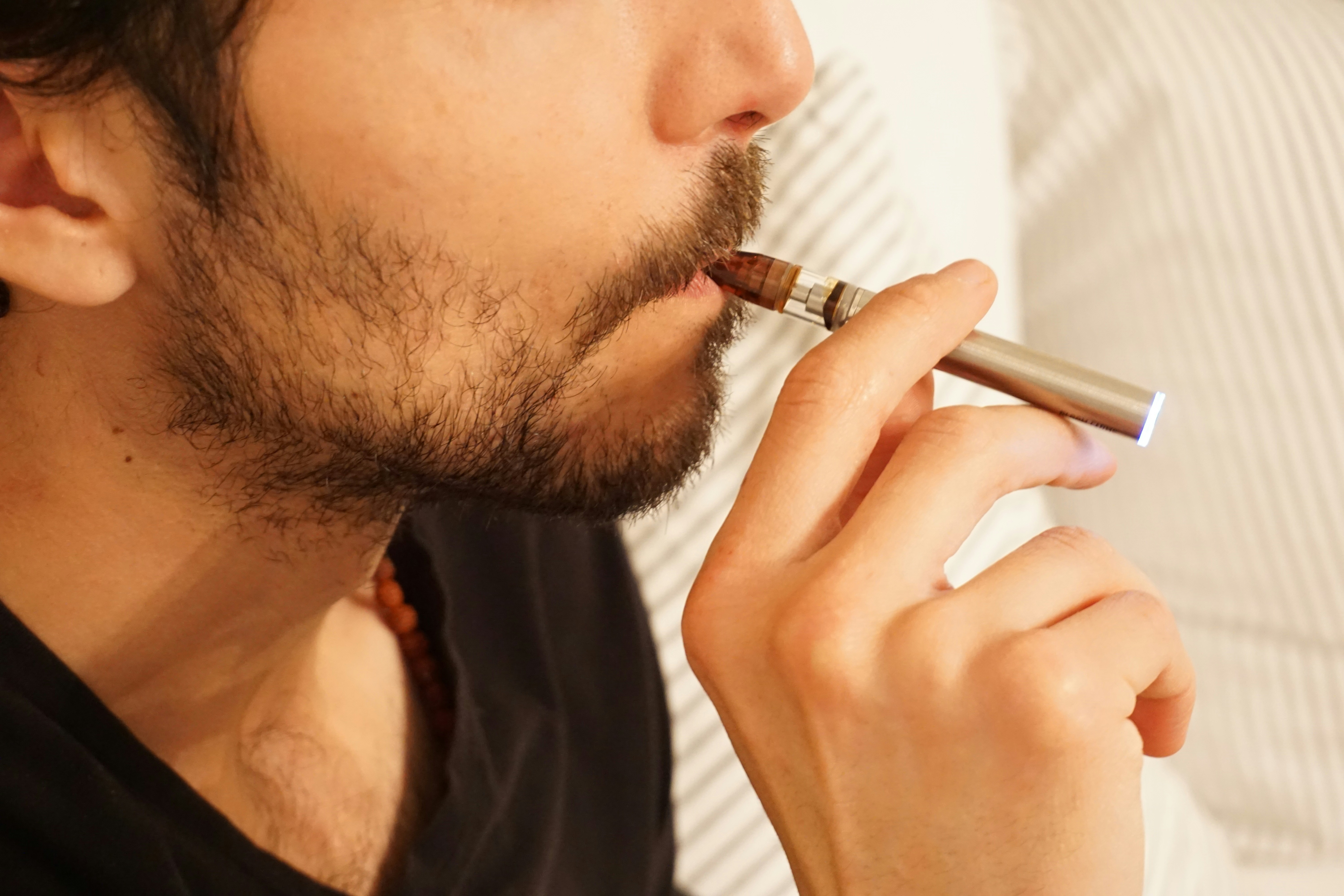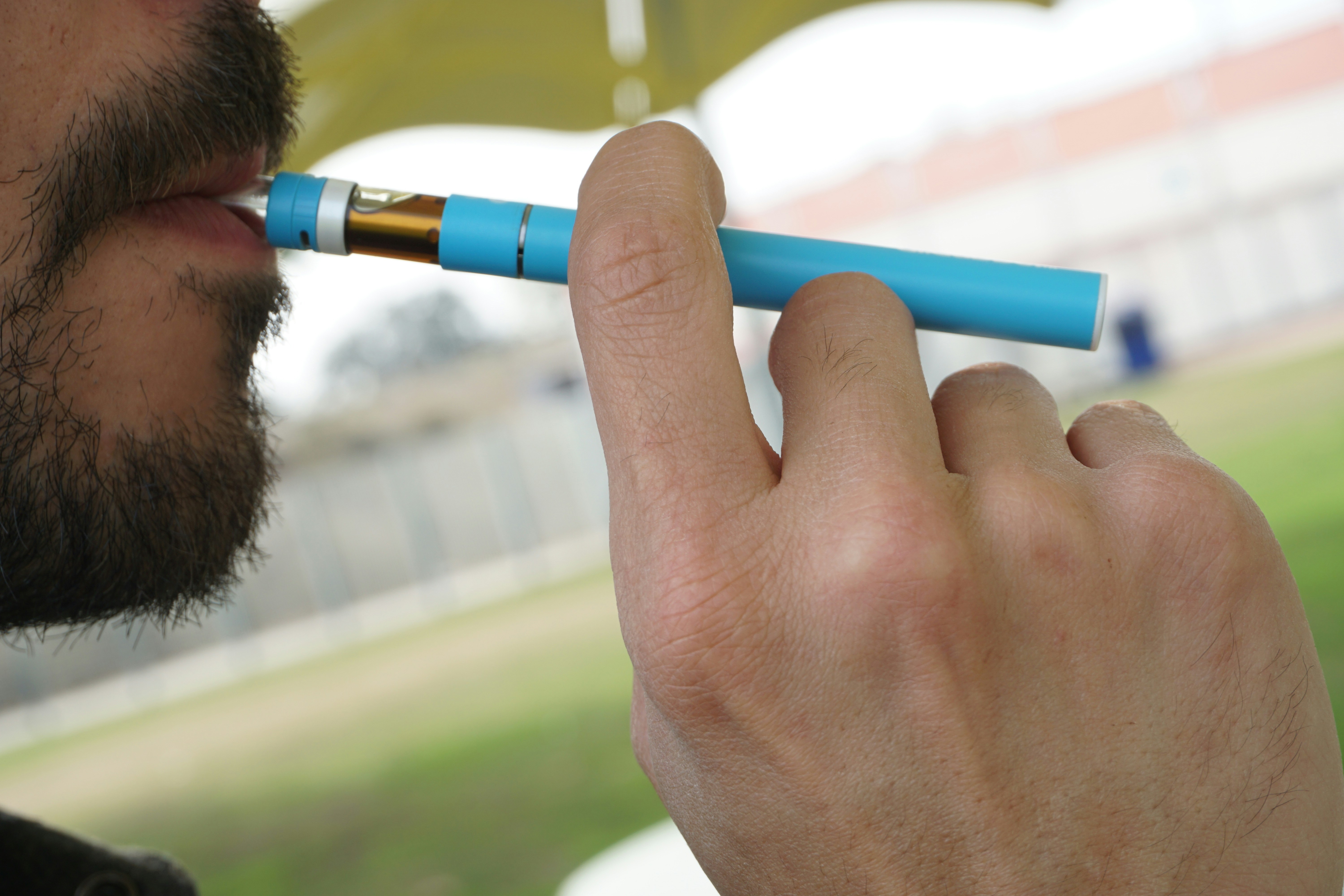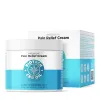Vape cartridges have become a go-to option for cannabis users, offering a sleek, portable, and convenient way to enjoy concentrates.
Whether you’re unwinding after a long day, preparing for a social event, or seeking relief from stress or pain, vape carts provide a quick and discreet solution.
But what happens when your vape cartridge stops working due to a clog? It can be incredibly frustrating—especially when you’re in the mood for a smooth hit and all you get is resistance or silence.
Don’t worry! If you’re facing a clog in your vape cartridge, you’ve come to the right place.
In this guide, we’ll break down the reasons why your cartridge gets clogged and offer step-by-step solutions to fix the issue. By the end, you’ll not only know how to unclog your vape cartridge but also how to prevent future clogs.

Why Do Vape Cartridges Get Clogged?
Before diving into how to fix a clogged cartridge, it’s essential to understand why this happens in the first place.
Several factors contribute to this issue, many of which can be avoided with proper care and maintenance. Here’s an in-depth look at the main reasons vape cartridges get clogged:
Residue Buildup in the Airpath
One of the most common causes of clogs is residue buildup. Vape cartridges contain oils or concentrates, which are naturally viscous.
Over time, as you use your vape, these oils can leave behind residue in the airpath and mouthpiece. This is especially true if you use cartridges with thicker oils, such as those infused with high-potency cannabinoids like delta 8 or THCP.
This residue can harden, particularly if exposed to cooler temperatures, forming a blockage in the airpath. If left unchecked, the buildup can severely impact airflow, making it difficult—or even impossible—to inhale.
We’d like to say you can prevent this, but honestly, residue buildup is a little bit inevitable for the following reasons:
- Thickening Agents: Many vape oils contain thickening agents or flavorings that don’t completely vaporize. These agents can leave behind sticky remnants after each puff.
- Frequent Use: The more you use your cartridge, the more likely it is that residue will accumulate. With each inhale, a small amount of oil may not fully vaporize, and over time, this adds up.
- Inactivity: If you leave your cartridge unused for an extended period, residue can harden, especially in cold environments, making it more difficult for air to pass through.
While residue buildup is always going to happen to some extent, regular cleaning and proper storage can minimize this issue.
Temperature Fluctuations
Temperature plays a significant role in your vape cartridge’s performance. The oil or concentrate inside the cartridge is sensitive to temperature changes.
When it gets too cold, the oil becomes thicker and more viscous, making it harder for the coil to vaporize and harder for air to flow through the cartridge.
But why does temperature affect clogs? Well, there can be many reasons:
- Cold Environments: If you’re vaping in a cold climate, the oil inside the cartridge can thicken to the point where it causes a blockage. This is particularly problematic for those who vape outdoors during the winter.
- Heat Exposure: On the other hand, high temperatures can cause the oil to become too thin, potentially flooding the airpath. When oil pools near the mouthpiece, it can block airflow, leading to a clog.
To prevent temperature-related clogs, it’s essential to store your cartridge at a stable room temperature. If you’re out in the cold, try keeping the cart in a warm pocket or indoors when not in use. Similarly, avoid leaving your vape in direct sunlight or a hot car.
Improper Storage Position
Storing your vape cartridge horizontally, rather than vertically, can lead to uneven oil distribution.
Over time, gravity pulls the oil toward the mouthpiece, where it can pool and create a blockage.
Here are some reasons why how you store your vape matters in the context of clogs:
- Vertical Storage Prevents Pooling: When you store your cartridge upright (mouthpiece facing up), the oil remains evenly distributed, which minimizes the chance of it settling near the mouthpiece.
- Leak Prevention: In addition to preventing clogs, vertical storage helps reduce the risk of leaks, which can also contribute to blockages.
If you regularly experience clogs, take a look at how you’re storing your cartridge—it might be a simple fix.
Low Battery Power
A weak or low battery can be another reason for clogging issues. Vape cartridges require a specific amount of power to heat the coil and vaporize the oil inside.
When the battery is running low, it may not provide enough power for adequate vaporization, which can result in incomplete vapor production and potential blockages.
Make sure your battery is charged before each session, especially if you’ve been using the cart frequently.
For rechargeable vapes, ensure that the battery is functioning properly before dismissing the clog as a cartridge issue.

How to Unclog Your Vape Cartridge
Now that you understand the primary reasons vape cartridges get clogged, let’s dive into the solutions. If you’re dealing with a stubborn clog, here are several proven methods to get your vape back in action:
Increase Suction Pressure
One of the simplest ways to unclog a cartridge is to increase the suction pressure while inhaling. The idea is to use stronger, steady inhales to force air through the blockage and clear the airway.
How to Increase Suction Pressure Effectively:
- Take several slow, controlled puffs, gradually increasing the intensity.
- Be careful not to pull too hard at first, as this could cause oil to flood the mouthpiece and create further issues.
- After a few inhales, the blockage should loosen, and the airpath should clear.
This method works best for minor clogs caused by residue buildup. If the clog persists, try combining this with another method below.
Warm Up the Cartridge
If temperature fluctuations have caused your cartridge’s oil to thicken, warming up the device can help liquefy the residue and unclog the airpath.
How to Warm Up Your Cartridge:
- Hold the cartridge in your hands for a few minutes to transfer body heat.
- Place the cart in a warm (but not hot) room for a short period to let it naturally adjust to room temperature.
- If needed, you can use a hairdryer on its lowest setting to gently warm the cartridge. Be cautious with this method to avoid overheating, which could damage the cartridge.
Once the oil has warmed up, try taking a few slow puffs to see if the clog has cleared. The heat should soften the oil enough to allow it to flow freely.
Clear the Mouthpiece
In some cases, the clog may be isolated to the mouthpiece itself. This can happen if debris, dust, or residue builds up in the opening, restricting airflow.
How to Clean the Mouthpiece:
- Inspect the mouthpiece for visible blockages.
- Use a small pin, paperclip, or toothpick to gently remove any debris or hardened residue from the mouthpiece.
- Avoid using sharp objects that could damage the cartridge.
After clearing the mouthpiece, try taking a few puffs to see if airflow has improved. If the clog persists, you may need to clean the airpath more thoroughly.
Gently Blow Into the Cartridge
Another effective way to clear a clog is to gently blow into the bottom of the cartridge where it connects to the battery.
This method can help push any blockages out through the mouthpiece.
How to Blow into the Cartridge:
- Detach the cartridge from the battery.
- Place your mouth over the battery connection point and blow gently.
- This can help dislodge any blockages within the airpath.
Be careful not to blow too hard, as this can flood the airpath with oil, causing more issues. Gentle pressure is key to clearing the clog without creating new problems.
Use a Cleaning Solution
If the clog persists and none of the above methods work, you may need to use a cleaning solution to dissolve hardened residue inside the cartridge.
A simple mixture of isopropyl alcohol and warm water can work wonders in clearing stubborn clogs.
How to Use a Cleaning Solution:
- Dampen a cotton swab or cloth with isopropyl alcohol.
- Gently wipe down the exterior of the cartridge and clean the mouthpiece.
- For more stubborn clogs, remove the mouthpiece (if possible) and clean the inside of the airpath with the alcohol solution.
Be sure to let the cartridge dry completely before reassembling and using it again.

Preventing Future Clogs: Best Practices for Vape Cartridge Care
Now that you know how to fix a clogged cartridge, let’s focus on prevention. A little extra care goes a long way in keeping your cartridge functioning smoothly.
Here are some tips to help you avoid clogs in the future:
Maintain Consistent Temperature
As mentioned earlier, temperature plays a huge role in clog prevention. Avoid exposing your cartridge to extreme temperatures, whether hot or cold.
If you need to store your cart for an extended period, keep it in a cool, dry place away from direct sunlight or cold drafts.
Store Your Cartridge Vertically
Always store your cartridge in an upright position, with the mouthpiece facing up.
This helps ensure that the oil stays evenly distributed and doesn’t pool near the mouthpiece, where it could cause a clog.
This simple step not only helps with preventing clogs but also reduces the likelihood of leaks, which can also contribute to airflow issues.
Keep Your Battery Charged
Making sure your battery is fully charged before each use is essential for optimal performance. A low battery won’t heat the oil effectively, leading to insufficient vapor production and potential blockages.
By keeping your battery charged, you ensure that the device operates at its full capacity, heating the oil evenly and reducing the risk of clogs.
Clean Your Cartridge Regularly
One of the best ways to prevent clogs is to incorporate regular cleaning into your vape routine. Just like any other device, vape cartridges need a bit of maintenance to function properly.
Cleaning the mouthpiece and airflow path every few uses can help remove residue buildup before it becomes a problem.
By keeping your cartridge clean, you’ll ensure smoother airflow and less chance of future clogs.
Take Gentle, Steady Draws
How you inhale from your vape cartridge also impacts the likelihood of a clog.
Taking long, hard draws can overwhelm the system and cause excess oil to be pulled into the airpath. This excess oil can flood the mouthpiece, leading to blockages.
Instead, focus on taking gentle, steady inhales.
This allows the oil to vaporize properly, ensuring a smoother and more enjoyable experience without overwhelming the device.
Not only will this help prevent clogs, but it will also extend the life of your cartridge and battery.
Choose High-Quality Cartridges
The quality of your vape cartridge matters. Not all carts are created equal, and lower-quality options are more prone to clogging due to poor design, inferior materials, or poorly formulated oil.
Investing in high-quality cartridges made by reputable brands can save you a lot of headaches in the long run.
When in doubt, opt for brands that emphasize quality and safety, such as those that use lab-tested oils and materials that are free from harmful additives, like Diamond CBD!

Troubleshooting Common Clogging Scenarios
Sometimes, even with proper care, a clog might occur.
Understanding how to troubleshoot specific situations can help you quickly resolve the issue and get back to vaping without frustration.
Cold Weather Clogs
If you’re vaping in cold weather and notice your cartridge isn’t producing vapor or feels difficult to draw from, temperature is likely the culprit.
In this case, warming up the cartridge as outlined earlier can be an effective solution.
Holding the cartridge in your hands, keeping it in a warm room, or even placing it near your body under a jacket for a few minutes can help soften the oil and restore proper airflow.
Battery-Related Clogs
If your cartridge isn’t producing vapor despite being properly charged, the issue might be with the battery connection.
Sometimes, a poor connection between the cartridge and battery can mimic clogging symptoms.
If your battery seems to be fully charged but your cart is still not working, try using the cartridge with another battery to see if that resolves the issue.
Oil Leaks Causing Clogs
Occasionally, oil leaks can contribute to clogging by blocking the airpath. If you notice excess oil around the mouthpiece or inside the cartridge, this could be the source of your problem.
Wipe away any leaked oil with a clean cloth. If the leak persists, inspect the cartridge for damage or manufacturing defects that might be causing oil to escape.
If the cartridge is damaged or defective, replacing it may be necessary.
In many cases, leaks are a result of improper storage or damage, so taking care to store your cartridge upright and handle it gently can help prevent this issue.
Final Thoughts: Enjoy a Smooth, Clog-Free Vaping Experience
Dealing with a clogged vape cartridge can be frustrating, but with the right knowledge and preventative measures, you can avoid these issues and enjoy a smoother vaping experience.
Understanding why clogs occur—whether due to residue buildup, temperature fluctuations, improper storage, or low battery power—allows you to take proactive steps to prevent them.
When clogs do happen, there are plenty of simple, effective solutions to get your cartridge working again.
Whether it’s warming up the cart, increasing suction pressure, or cleaning the mouthpiece, these methods can often resolve the issue quickly.
Above all, prevention is key.
By storing your cartridge properly, maintaining a consistent temperature, keeping your battery charged, and choosing high-quality products, you can significantly reduce the chances of clogs.
And, of course, regular cleaning can help ensure that residue doesn’t have a chance to build up and cause blockages.
With these tips in mind, you’ll be well on your way to enjoying hassle-free vaping, and the next time you encounter a clog, you’ll know exactly what to do.
So keep puffing, stay informed, and make the most out of every hit!
















